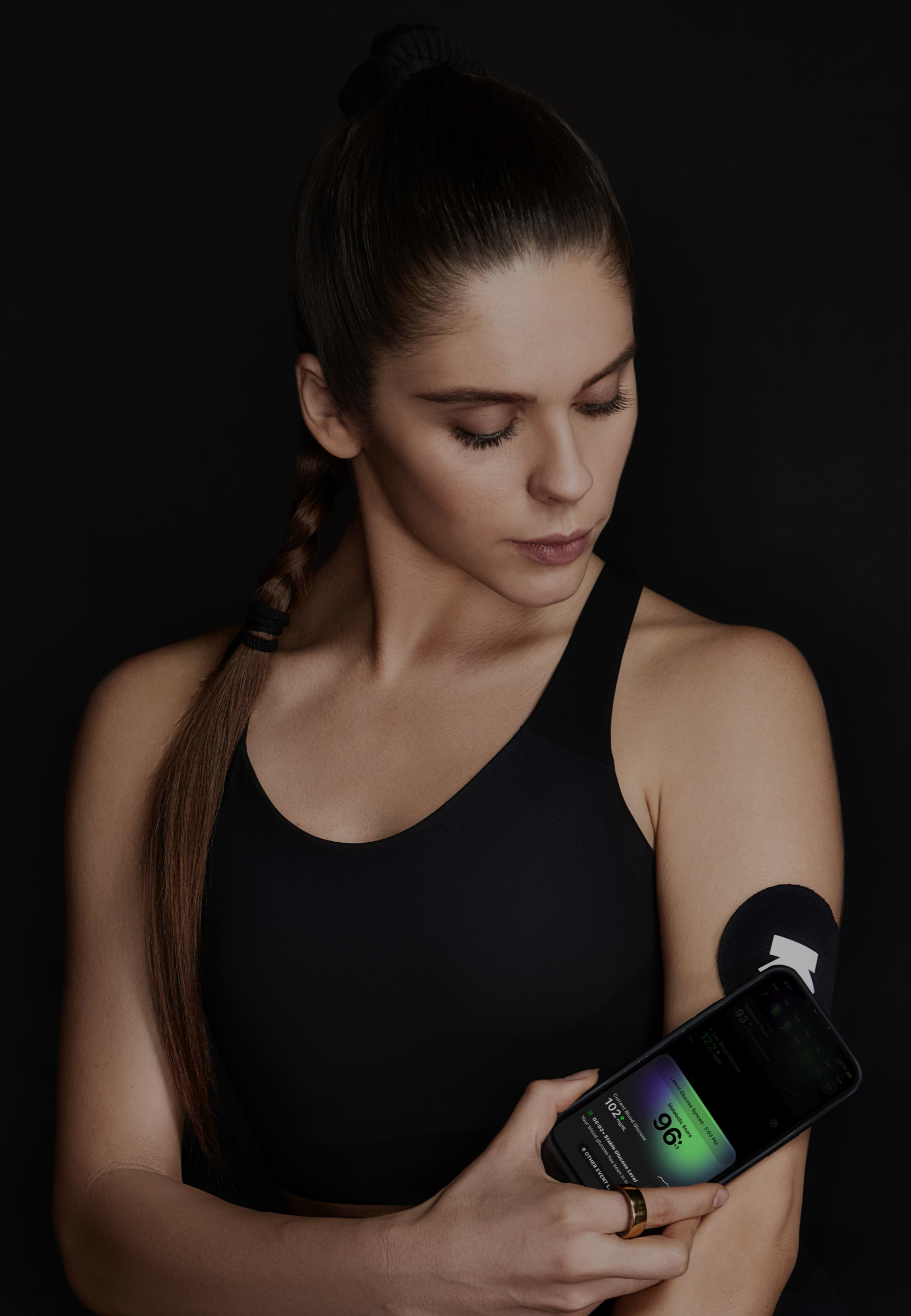
Vegetable Curry (1 Cup) and Quinoa (100 G)
Dinner
149 mg/dL
avg. peak value
Usually causes a large spike
Avg. Food Score on Ultrahuman App
Ultrahuman Users got an UNSTABLE response
How to consume Quinoa, Vegetable Curry without glucose spikes
Portion Control
Reduce the portion size of quinoa and vegetable curry to minimize the impact on your glucose levels.
Include Protein
Add a serving of lean protein, such as grilled chicken or tofu, to your meal to help slow down glucose absorption.
Add Healthy Fats
Incorporate healthy fats like avocado or a small handful of nuts, such as almonds or walnuts, to help stabilize blood sugar levels.
Incorporate Fiber-Rich Vegetables
Include non-starchy vegetables like spinach, broccoli, or bell peppers, which can help moderate blood sugar increases.
Stay Hydrated
Drink plenty of water before and during your meal to help your body efficiently process the carbohydrates.
Engage in Physical Activity
Take a short walk or engage in light physical activity after your meal to help lower blood glucose levels.
Mindful Eating
Eat slowly and pay attention to your body's hunger and fullness cues to avoid overeating.
Limit Added Sugars
Ensure that your vegetable curry doesn't contain added sugars, which can contribute to a glucose spike.
Balanced Meal Timing
Try to eat your meal at consistent times each day to help your body better manage blood sugar levels.
Monitor Blood Sugar
Keep track of your blood sugar levels before and after meals to understand how your body responds and adjust your diet accordingly.

Find Glucose response for your favourite foods
Explore OGDbDiscover
metabolic
health with M1
Ultrahuman M1 helps you measure the impact of food and activity on your body in real time through glucose as a biomarker.
Explore Ultrahuman M1Your cart is empty
Browse through our products and find something for you.
